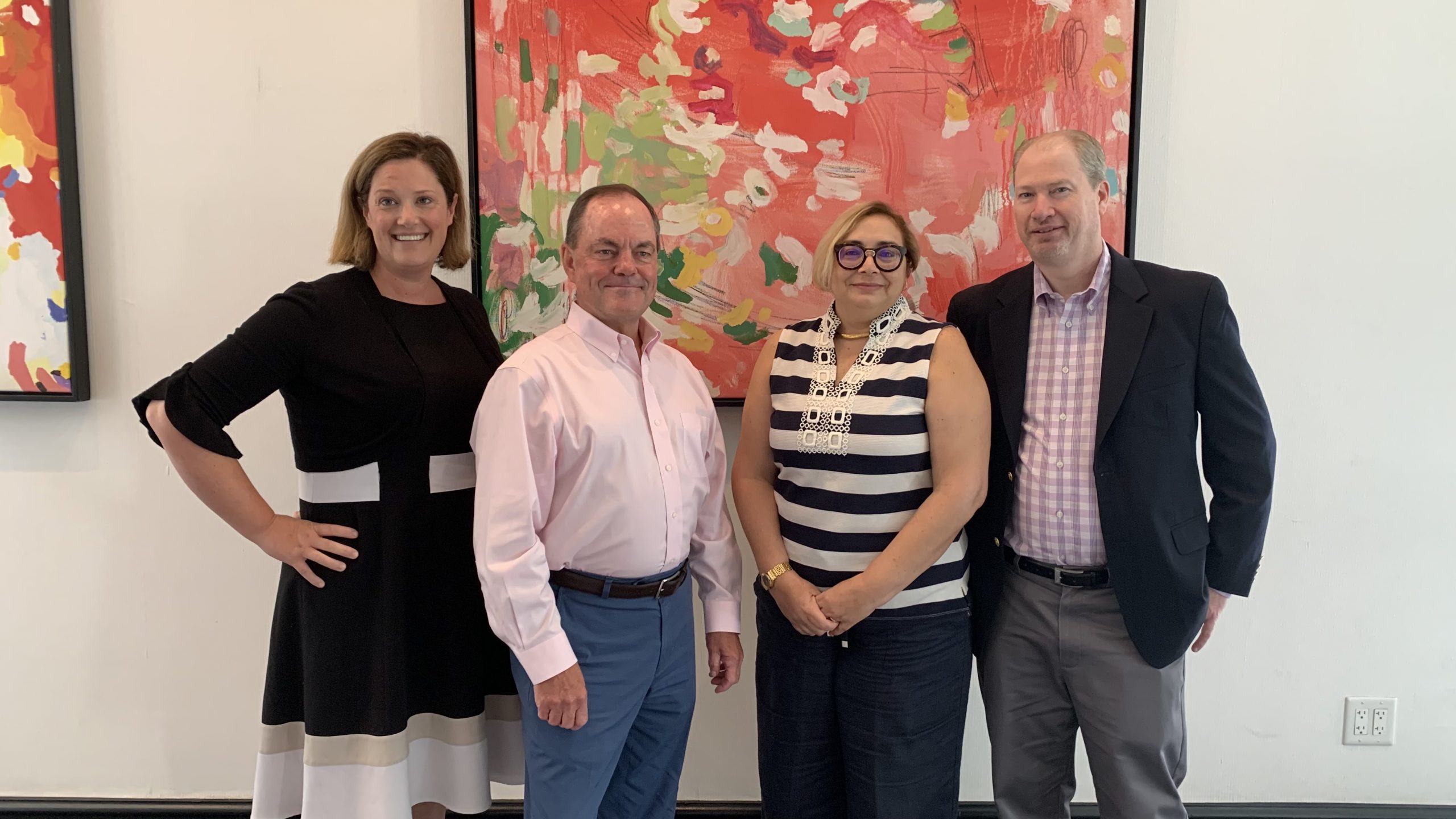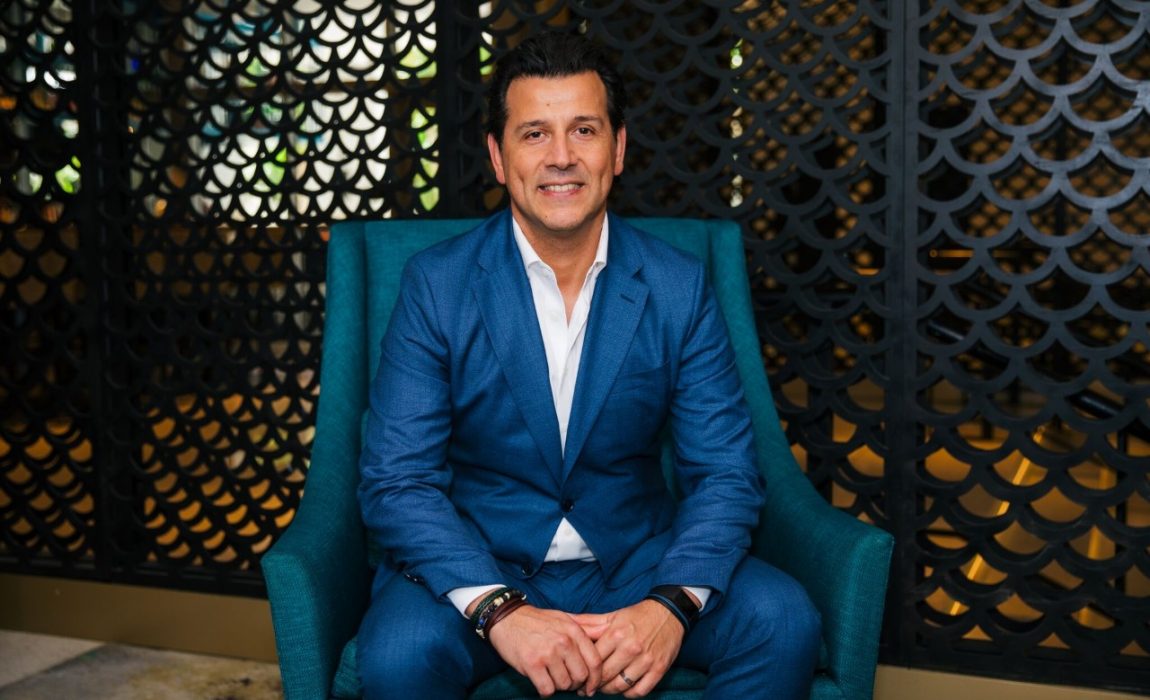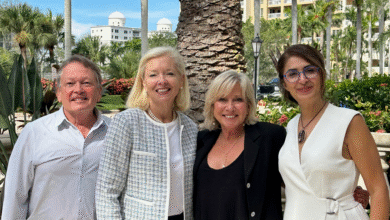
BITAC Owners 2025 Panel: Hotel Repositioning & Renovating, Part 1
By Jim Nelson | June 18, 2025
Hotel Interactive’s sister company, BITAC, recently gathered hoteliers from across the nation for its annual Owners executive event that featured, among other things, educational panel discussions on hot topics relevant to this group. One panel, which dove into repositioning and renovating hotels, was moderated by Purvi Panwala, cofounder of PPM Corporation USA; leading a diverse portfolio of boutique hotels, Panwala has been recognized as one of the profession’s 30 most influential women.

Panwala’s panelists included Elliott Estes, a cofounder and principal at Woodmont Lodging; Zayn Jasani, senior managing principal of XO Ventures; Neil Shah, the president of Inntech Management; and Martin Thornros, president of Convergence Services.
PURVI PANWALA: Walk us through your decision-making process when choosing between branded or independent repositioning. How do prior P&L, market demographics, comp set, and location influence whether you target midscale travelers, luxury travelers, or any other type of tier?
ELLIOTT ESTES: From my perspective, getting a deal financed, historical cash flows are really critical, particularly with the capital markets as they are now — really choppy the last couple of years, and it appears to be that way for at least a little bit going forward. Lenders are saying, “What has the property done?” and not really giving you a ton of credit for some of the value add that you may tout, either enhanced management or even your renovations.
ZAYN JASANI: Picking between a branded product or an independent boutique, I think it really makes sense in terms of location. If you have a really good location, you can be unbranded; you don’t need a Hilton, you don’t need a Marriott; as long as that ADR, that RevPAR, is strong in that market, your location is solid. Someone was talking to me about land in Texas; in Texas, you can be on this side of the highway or [that] side of the highway, and it’s the same parcel of land in terms of acreage, but one side is $200k and the other side is $2 million because you can come right off the highway and end up at that hotel; you’re willing to pay for that because of location. So, I would say if you’re right next to a stadium, or if you’re downtown next to a convention center, you may not need that branded product — do the independent — but if you’re out in the outskirts, a tertiary market, a secondary market, I would definitely have a Hilton, a Marriott, get that reservation, get that demand for you, that occupancy.

NEIL SHAH: We look at which of the two options helps us create better value for the property. And I think Zayn made a really good point about the location of the property. If the property is located in a high demand leisure market, I would lean more towards independents or soft brands, but if it is located in a city center or urban market, then you have to see what else exists. Is there a space for independent property? If there is, then you have to think about, is it a big enough property? Can it draw a lot of people? In a leisure market, we also look at what else is out there: What story can the property tell? Can you stand by yourself? Is there a gap in competitors where somebody’s not offering that experience that you can offer? Those are some of the things we consider before making a decision if you go branded or independent.
PP: What financing strategies have you found most effective when it comes to repositioning a hotel?
EE: Whatever you can find. We have a property in Brookfield, Wisconsin, and we did what we consider to be a pretty exotic alternative. The property was a challenged asset; it was given back to a lender, a capital partner of ours that we’d worked with for a number of years, and they needed somebody to take over the steering wheel. As a lender, they didn’t want to own, and they did not want to invest a lot more capital into [it]. But as the lender, they also were able to, conceptually, kind of wipe away the capital stack and give us a blank canvas to figure it out. We went with a ground lease strategy, [which] are historically executed in gateway, call it primary top-10, top-15 markets, but we took this execution to Brookfield, Wisconsin, right outside of Milwaukee, and we were able to get proceeds that looked a lot like the debt financing that we were looking for.
ZJ: I focus specifically on distressed assets too, and right now it’s difficult to get any sort of financing. A brand helps, but when we’re looking at something that’s been bankrupt or foreclosed on, or whatever the scenario is, all cash; it’s the best way to go. You come in all cash with the acquisition, and also the PIP money as well, the conversion dollars that you need to convert. Once you have all of that, then you can tell the story on the rebrand and say, “This is the pro forma we’re going to possibly hit.” And the bank is still not sold on that pro forma, so they’re, “Great vision, great dream. Is it possible?” And then you’ve got eight months, 12 months to stabilize the property. Once it’s stabilized, refi it, pull your cash out. That’s the way to do it. At least in a market like this, it’s difficult to get financing.
NS: We try to look at a hybrid capital stack approach, where because it’s challenging you can use whatever sources you can get. Is there a possibility of getting seller financing? Can you get a bridge debt? Can you partner with 504 and a bridge debt? Any combination that works for this particular property. Before any of this, we dig really deep into underwriting to make sure this is a good repositioning play. Is there a path to tremendous success in the first two to three years? Because depending on the type of debt structure you get, you have to sometimes refinance within the three years, and then get a permanent debt on the property.
In part 2 of this article, the panelists will get into negotiating with general contractors, FF&E financing, and assessing which technology upgrades to go with.






Get involved!
Comments